How Highgate became one of London's most beloved villages
Carla Passino takes a look at the history of Highgate, immortalised by Ray Davies of The Kinks, who claimed you could see to Leicester Square from Highgate Hill.
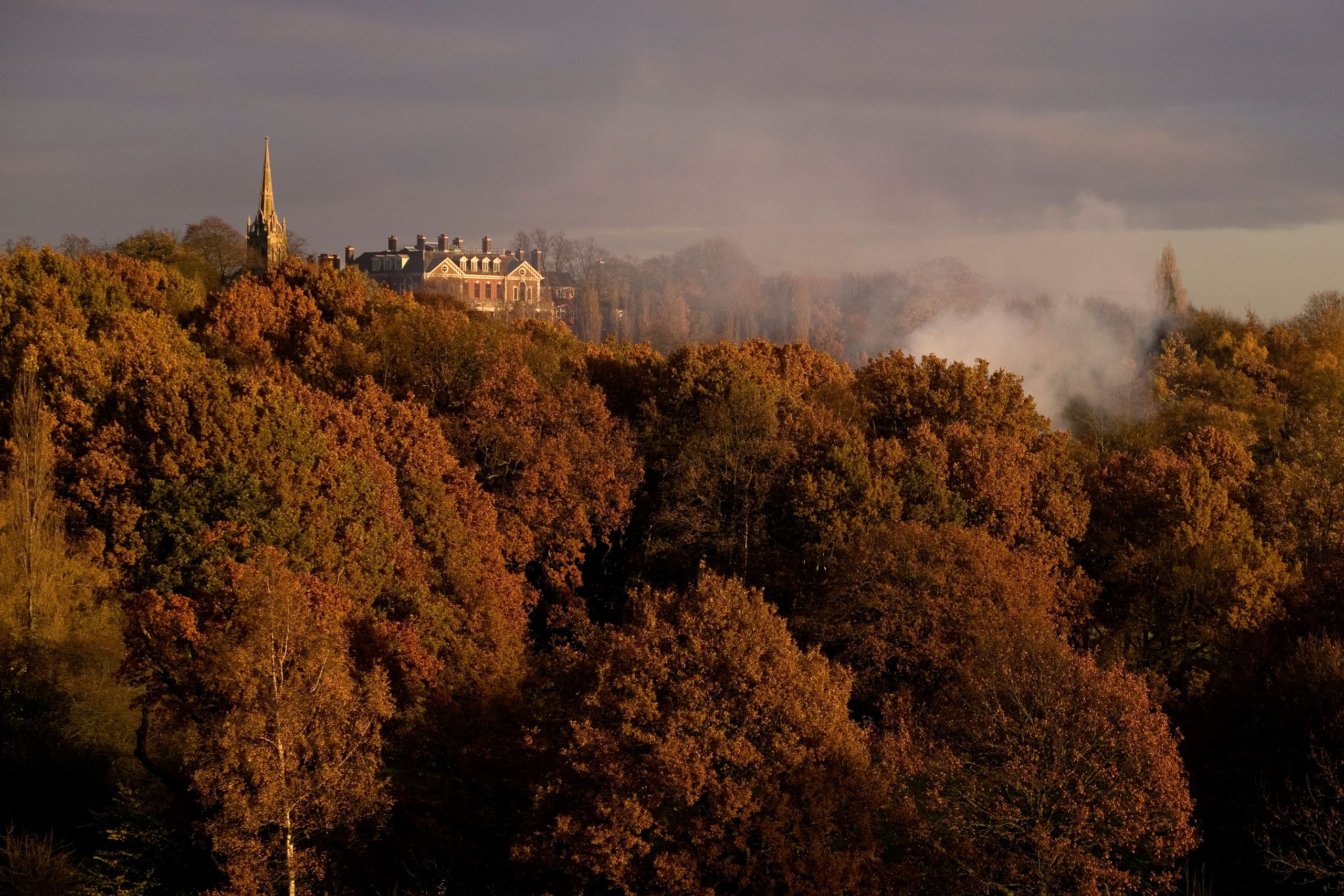

Peter Barber, president of the Hornsey Historical Society, drops his bombshell almost casually: ‘Highgate village is a myth.’ Having taken in a sequence of colourful shop fronts, pretty Georgian houses and tree-studded squares, all sharing a clear identity, occasional visitors might — once they regain their breath after the uphill walk — be inclined to disagree with him.
But Mr Barber is quick to explain: Highgate has been a settlement for centuries; nonetheless, it was primarily a country retreat split among different parishes and didn’t even have a proper church until 1832. It was only in the 1820s, when it became clear that London would soon encroach on the area, that locals came up with defensive strategies to prevent urbanisation. A key one was to portray Highgate as a rural idyll that needed to be protected; thus, the Highgate village myth was born.
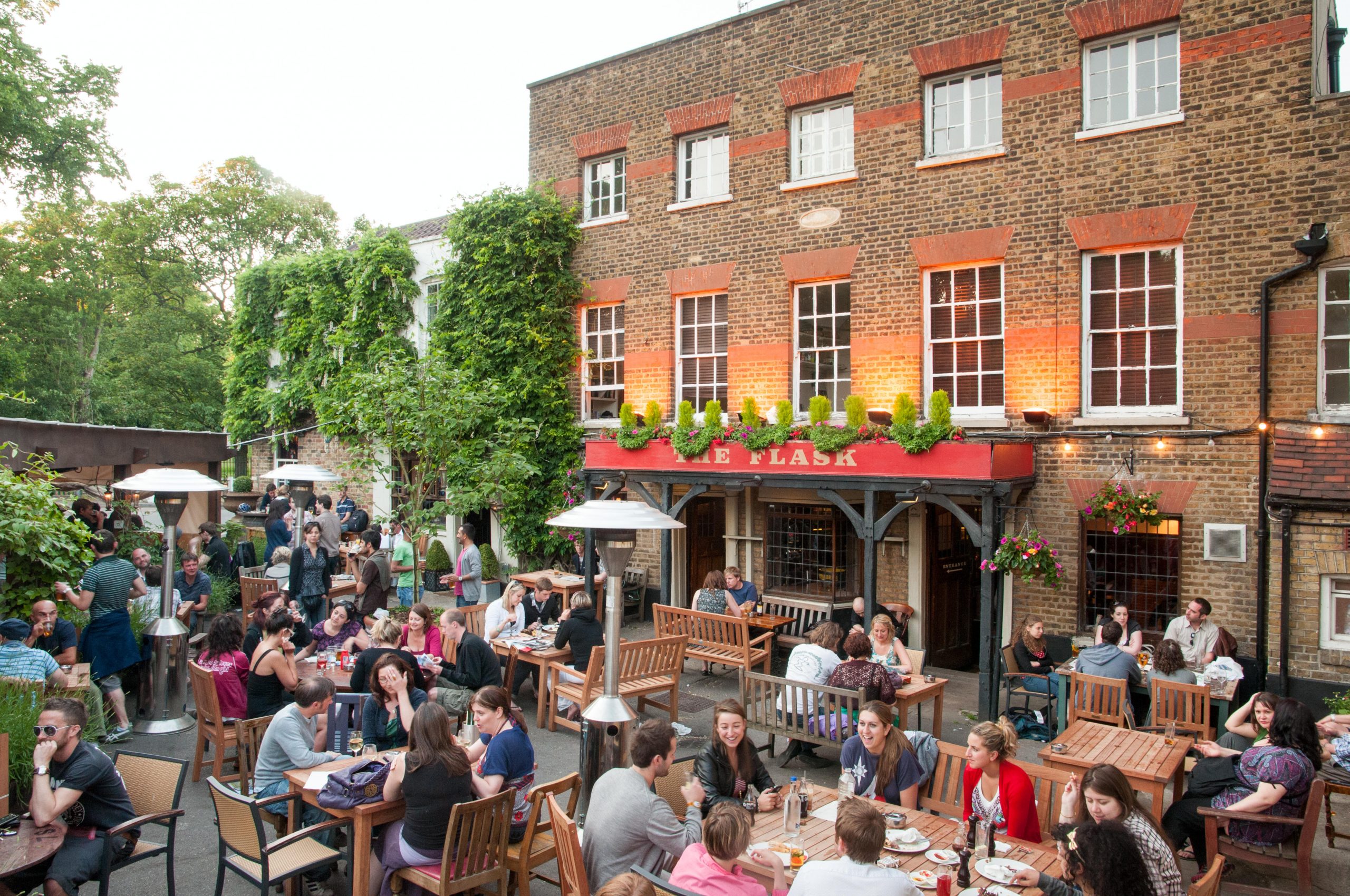
In the Middle Ages, ‘Highgate was the last convenient stopping point for people taking sheep and cattle to Smithfield and the first for people leaving London to go north,’ says Mr Barber. According to local lore, one of these northbound travellers was none other than Dick Whittington who, standing at the foot of Highgate Hill, miraculously heard the great Bow Bells from more than five miles away, telling him to ‘turn again’ and become thrice Lord Mayor (a 19th-century monument marks the point).
But Whittington wasn’t the only London mayor with links to Highgate. Another one, Sir Richard Martin, had Lauderdale House built in 1582, although he and his wife, Dorcas — a spirited bookseller who dared to challenge Elizabeth I’s vision of Protestantism — may never have lived there.
Now a vibrant Arts centre, hosting concerts, exhibitions and community classes, Lauderdale played host to its most famous resident in the 17th century: Charles II’s infamous mistress, Nell Gwynne, stayed there at times. Story has it that, desperate for her son to have a title, Gwynne held him out of one of the windows and threatened the King: ‘Make him a duke or I drop him,’ to which he replied: ‘God save the Earl of Burford!’
Gwynne’s pluck, as well as that of other women past and present, such as Florence Nightingale, Christina Rossetti and explorer Mary Kingsley, is commemorated through pink plaques that the organisers of the Highgate Festival, an annual event celebrating local arts, have been placing around the area.
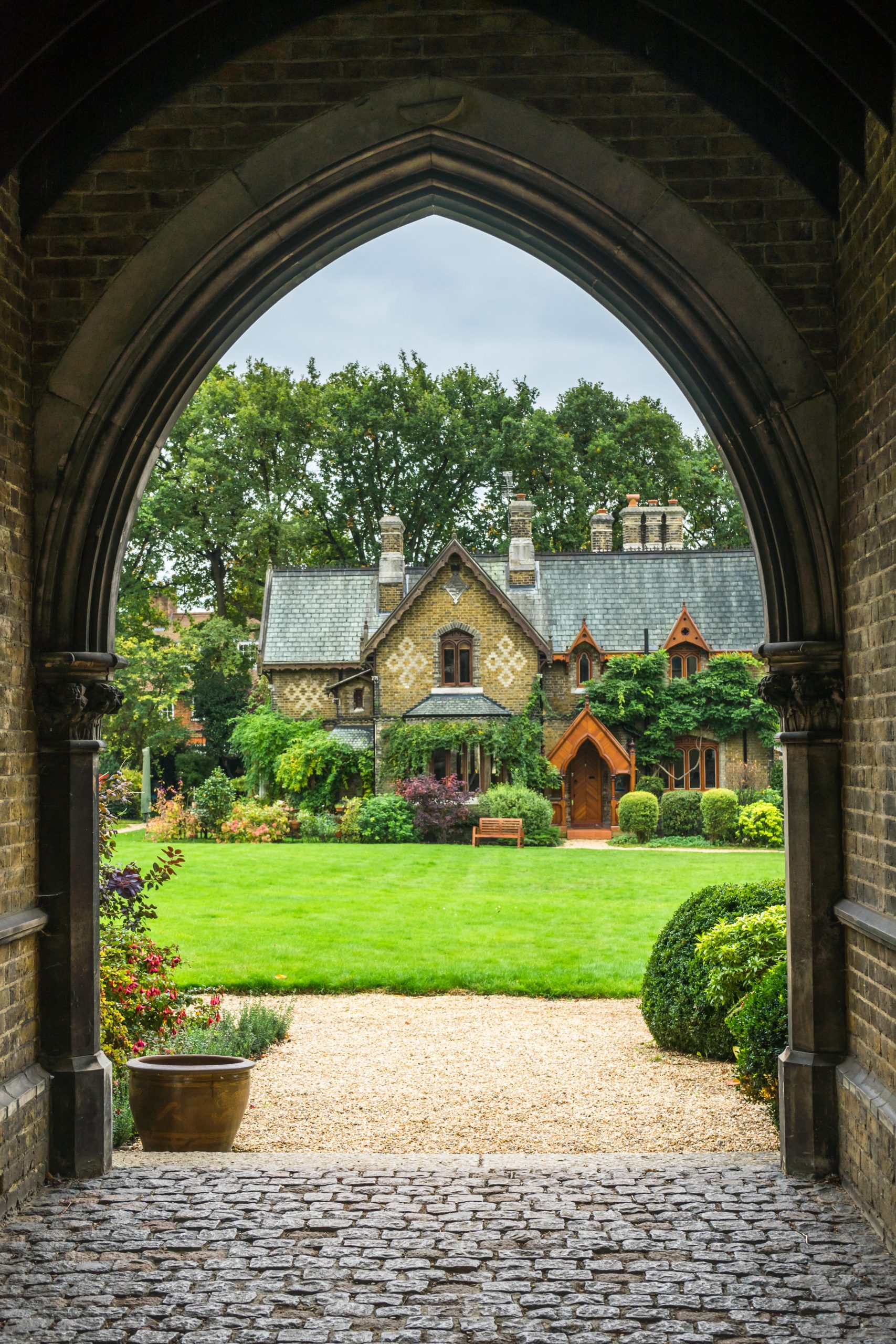
They recognise female contributions of all kinds — not least that of Sasha Young, who spearheaded local efforts to save Lauderdale House from demolition in the 1970s. ‘She was able to succeed, because her husband, Consumer Association founder Michael Young, could always find a cheaper builder to restore the house than the Greater London Council or Camden were able to find to demolish it,’ says Mr Barber.
Sign up for the Country Life Newsletter
Exquisite houses, the beauty of Nature, and how to get the most from your life, straight to your inbox.
A pink plaque also graces Grade I-listed Cromwell House, another of Highgate’s ‘big houses’: it specifically celebrates 17th-century miniaturist Catherine da Costa, but the entire da Costa family, who arrived from Portugal with Catherine of Braganza, has a claim to fame — as the first Jewish people to own a property in Britain since the 1290 expulsion of the Jews. It’s not a coincidence that they headed to High-gate. ‘Its position outside the city of London, outside the jurisdiction of the church regulations, allowed non-conformism and a diversity of groups to flourish,’ explains Catharine Wells of the Highgate Society.
The area has been a refuge for religious groups and free thinkers ever since and this, says Mrs Wells, is part of what makes it such an interesting place to live (Channing School was founded to educate the daughters of Unitarian families and the delightful chapel on Pond Square, with its blue door and octagonal turret, is still home to the Nonconformist United Reform Church).
Hand in hand with independent thought came a spirit of philanthropy that led to the founding of Highgate School (in 1565 by Sir Roger Cholmeley and still going strong) or the launch in 1839 of the Highgate Literary and Scientific Institution (HLSI). Set up by civil servant Harry Chester, it organised regular lectures on science and technology, to which it has since added courses, film screenings and a more open-minded approach to its library selection (it once shunned ‘irrational or demoralising novels and romances’).
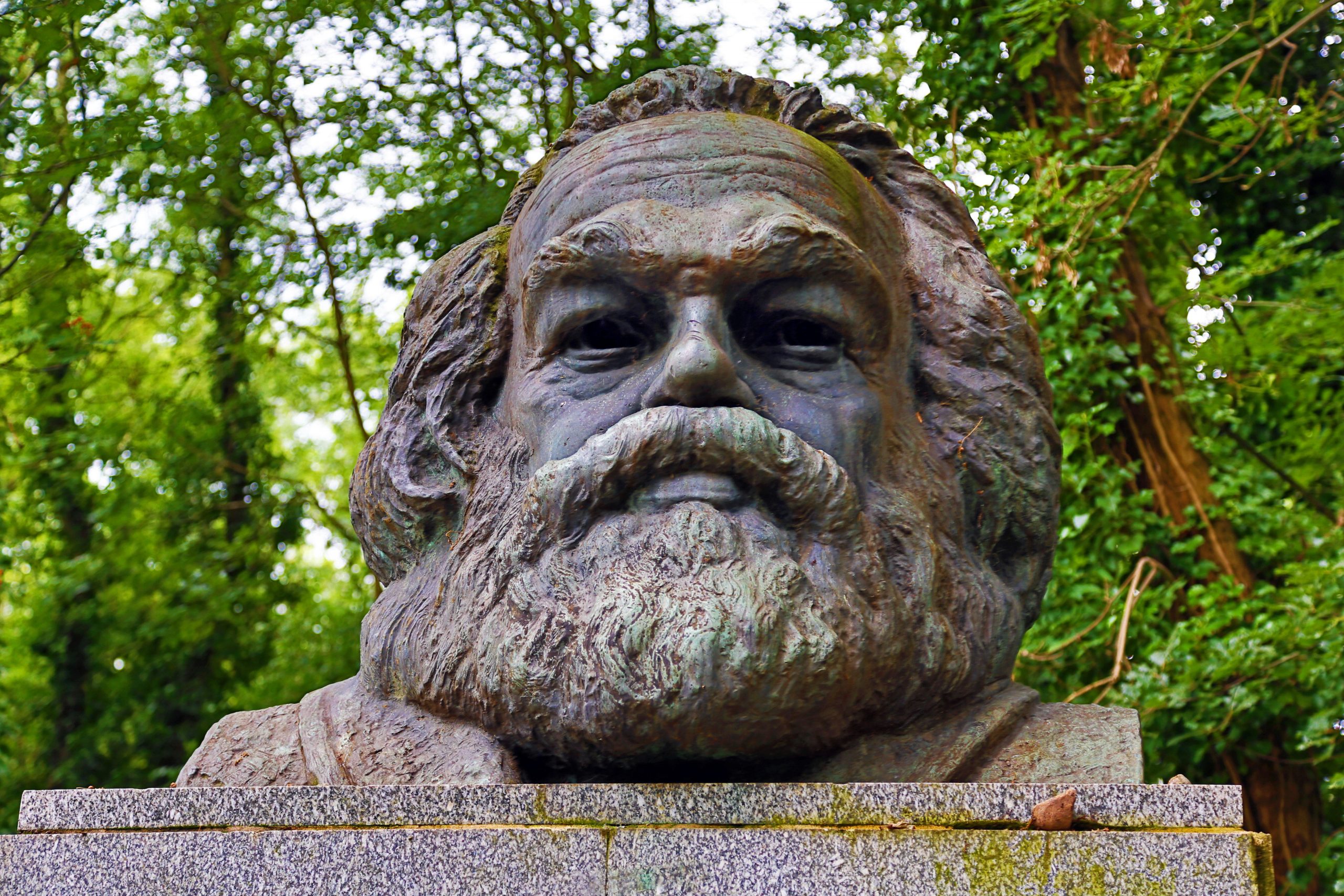
Other benefactors, says William Britain of the Highgate Society, included Lady Elizabeth Gould, the late-17th-century founder of a charity that still gives grants to locals in need; singer George Michael, who donated generously (and anonymously) to the Highgate Festival; social-housing pioneer Angela Burdett-Coutts, nicknamed ‘Queen of the Poor’ for her work across East London (until she shocked Victorian society by marrying, at the age of 67, her 29-year-old secretary).
Even Waterlow Park was a donation: owner Sir Sydney Waterlow wanted it to be ‘a garden for the gardenless’. The Park, together with other publicly owned spaces such as Highgate Wood, Queen’s Wood or parts of Hampstead Heath and the Kenwood estate, formed a formidable green barrier that, building on the narrative of Highgate as a village, helped to keep urban sprawl at bay in the 19th century — to the delight of both Victorian and contemporary residents. A new addition to the local greenery is Omved Gardens, a lavender-strewn retreat and exhibition space that Mr Britain calls ‘a remarkable haven of tranquillity’.
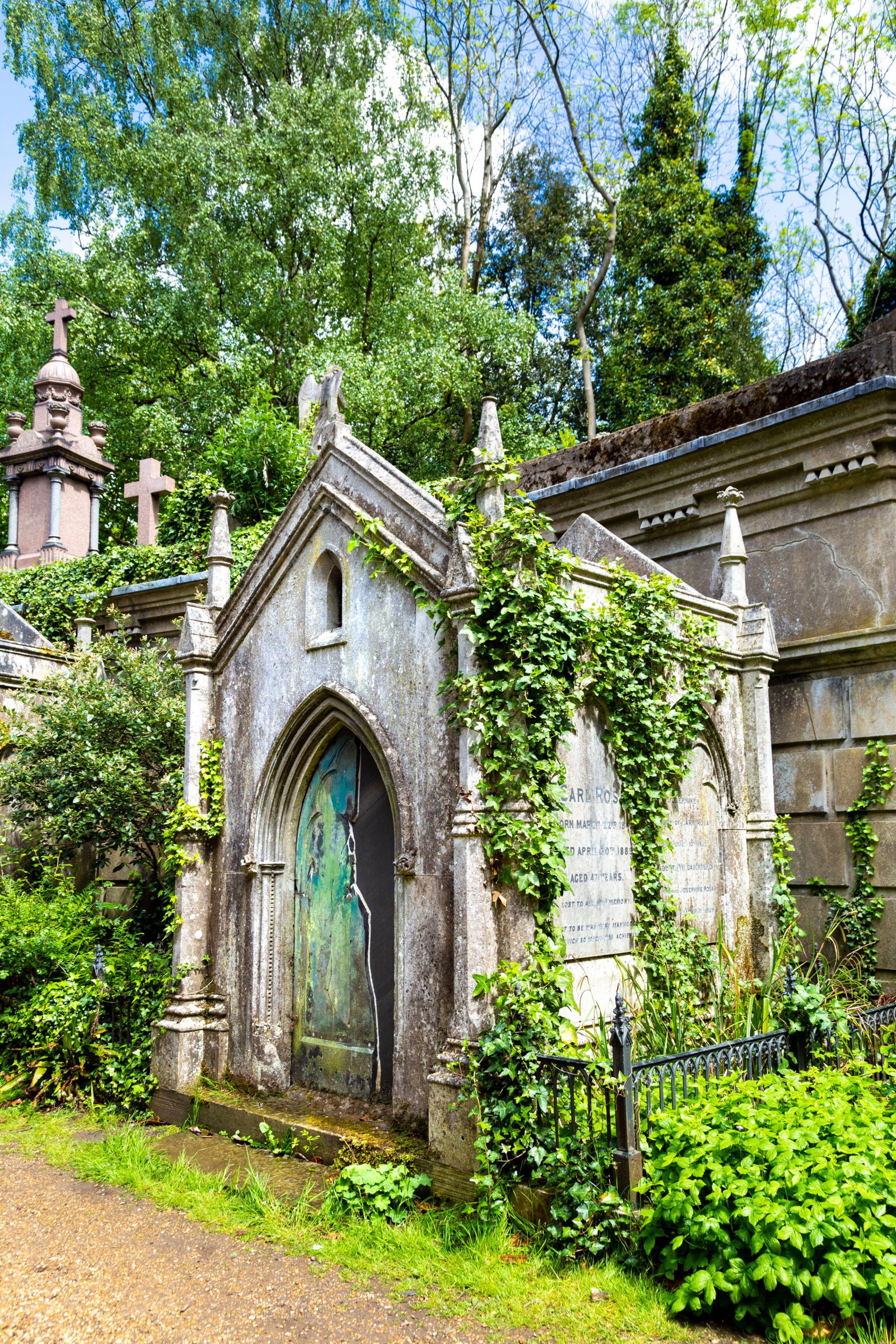
And there’s Highgate Cemetery, as much a green space as a monument to the great and good (with a sprinkling of the not so good). At the western end, among the trailing ivy and Egyptian-style tombs, lie Michael Faraday, Christina Rossetti and George Michael. In the ‘newer’ East Cemetery — not far from the graves of George Eliot, The Hitchhiker’s Guide to the Galaxy’s author Douglas Adams and Bruce Reynolds of Great Train Robbery infamy — stands the tomb of Karl Marx, still urging from the headstone workers of all ages to unite.
As is Lauderdale House, the cemetery is an example of Highgate residents getting together to save a landmark. ‘In the past, it wasn’t on a secure financial footing, but local people came together and put it back on its feet,’ says Mr Britain. He believes that unity of purpose is reinforced by the fact that Highgate still isn’t a single administrative unit (it’s split among Camden, Haringey and Islington). ‘You tend not to get many publicly provided facilities, so people tend to be more self-reliant.’
‘We are very fortunate to have such a number [of residents] who want to contribute,’ agrees Mrs Wells. ‘Keeping Highgate attractive, keeping it open for everyone, keeping the groups going is hard work, yet somehow there are a lot of people willing to give their time to do that.’ The village that never was turns out to have the greatest village spirit of all.
Property for sale in Highgate
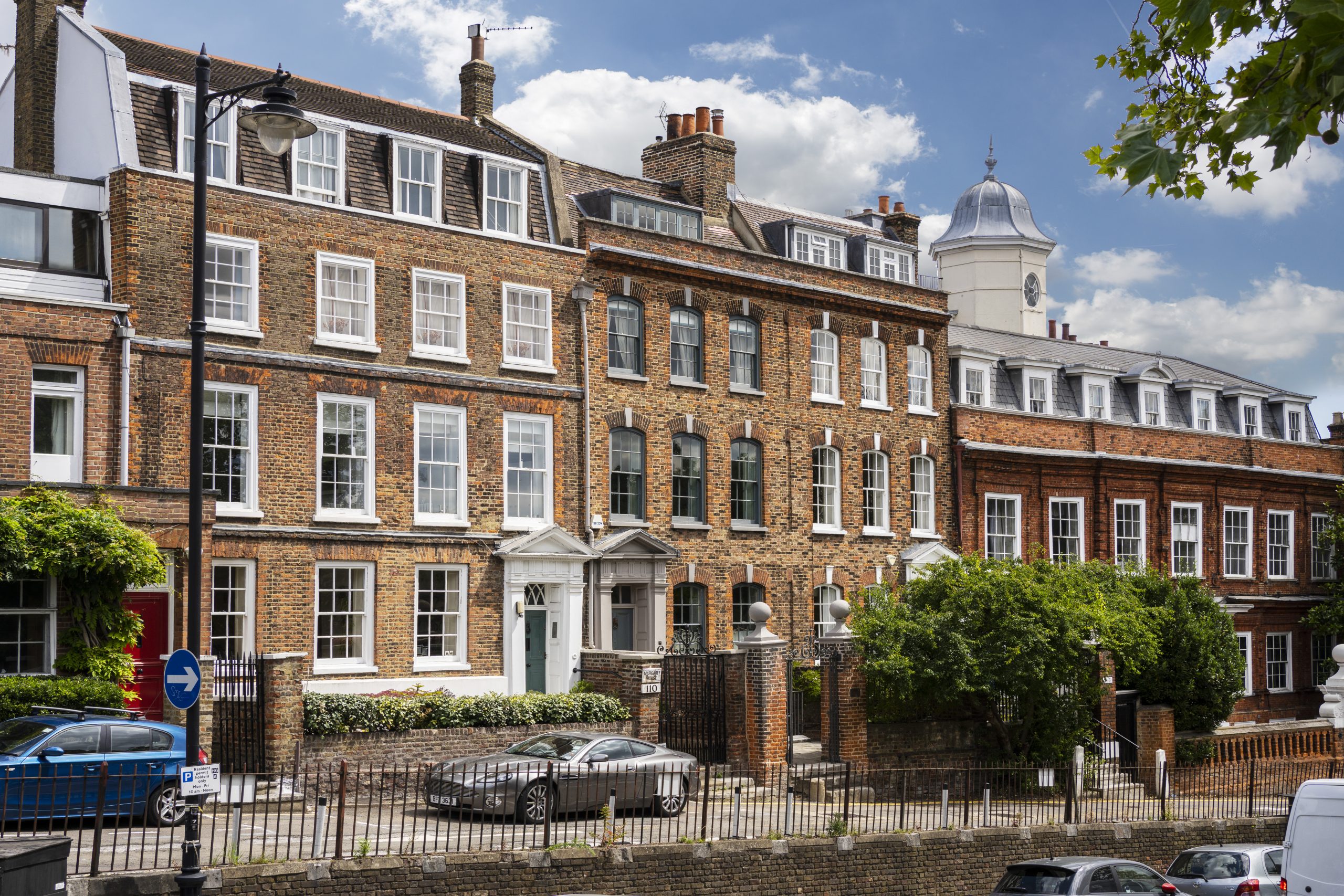
Grade II*-listed Queen Anne property, Lyndale House stands a couple of doors down from Cromwell House. With 3,166sq ft of accommodation, it has four reception rooms and five bedrooms brimming with magnificent features — from beautifully decorated ceilings to fine fireplaces and marble bathrooms — and a lovely wildlife garden.
For sale through Sotheby’s International Realty — see more pictures and details
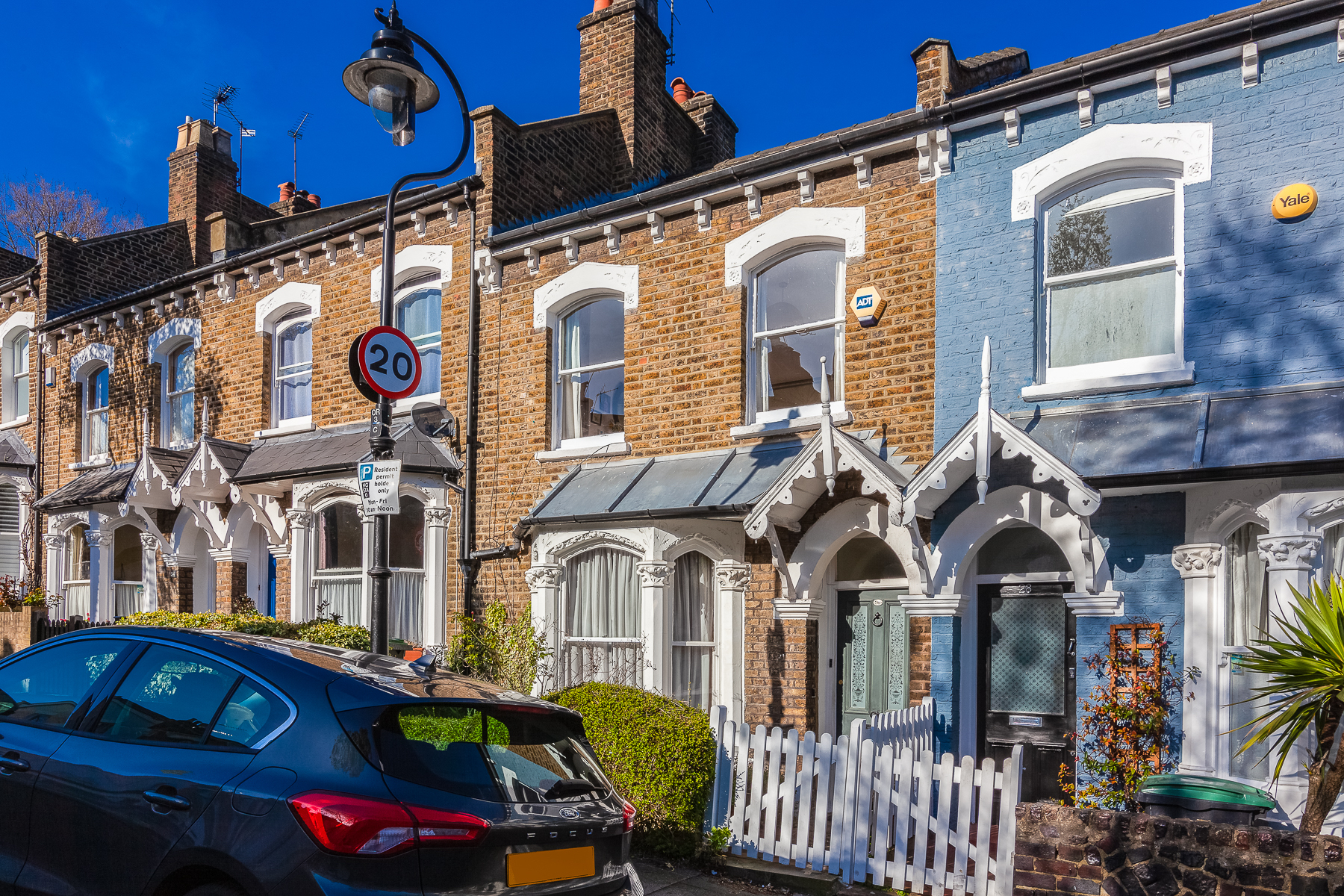
Backing the Parkland Walk nature reserve, this delightful cottage dates from the Victorian era and has many period details, including an original fireplace. The 1,057sq ft interior features two reception rooms, three bedrooms and a conservatory; there’s also scope to convert the loft into a fourth bedroom. Outside is a pretty private garden.
For sale through Winkworth — see more pictures and details
Courtenay Avenue, £16.999 million
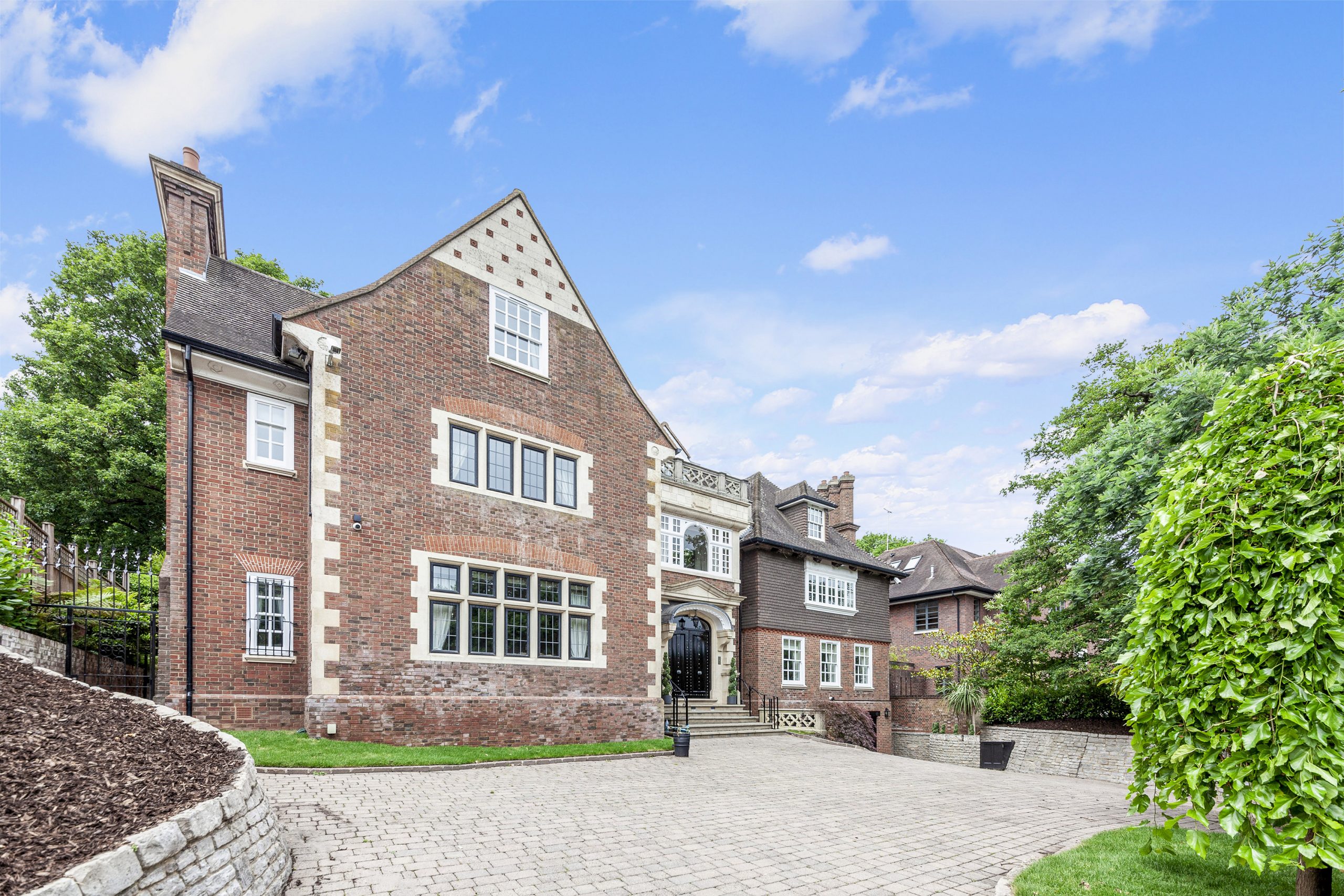
Set in half an acre on a private road opposite the Kenwood estate, this 11,331sq ft house has six elegant reception rooms, eight bedrooms (including a striking master suite with dressing room and private balcony), a custom-built kitchen and breakfast room, plus games room, swimming pool, spa bath, sauna, gym and landscaped gardens.
For sale through Knight Frank — see more pictures and details
The places you need to know in Maida Vale
Greens of Highgate A ‘very good little greengrocer,’ according to the Highgate Society’s William Britain (11, Highgate High Street)
Red Lion & Sun A favourite of Winkworth’s James Wilkinson, this pub has two gardens (25, North Road)
Sacred Spirits The owner of this Highgate distillery started making gin in his back garden (50, Highgate High Street)
The Lauderdale House cafe ‘A great place for families to meet,’ says the Highgate Society’s Catharine Wells (Waterlow Park, Highgate Hill)
Highgate Butchers Shopkeeper Phyllis Harper is honoured with a pink plaque (76, Highgate High Street)
Carla must be the only Italian that finds the English weather more congenial than her native country’s sunshine. An antique herself, she became Country Life’s Arts & Antiques editor in 2023 having previously covered, as a freelance journalist, heritage, conservation, history and property stories, for which she won a couple of awards. Her musical taste has never evolved past Puccini and she spends most of her time immersed in any century before the 20th.
-
 Spam: The tinned meaty treat that brought a taste of the ‘hot-dog life of Hollywood’ to war-weary Britain
Spam: The tinned meaty treat that brought a taste of the ‘hot-dog life of Hollywood’ to war-weary BritainCourtesy of our ‘special relationship’ with the US, Spam was a culinary phenomenon, says Mary Greene. So much so that in 1944, London’s Simpson’s, renowned for its roast beef, was offering creamed Spam casserole instead.
By Country Life Last updated
-
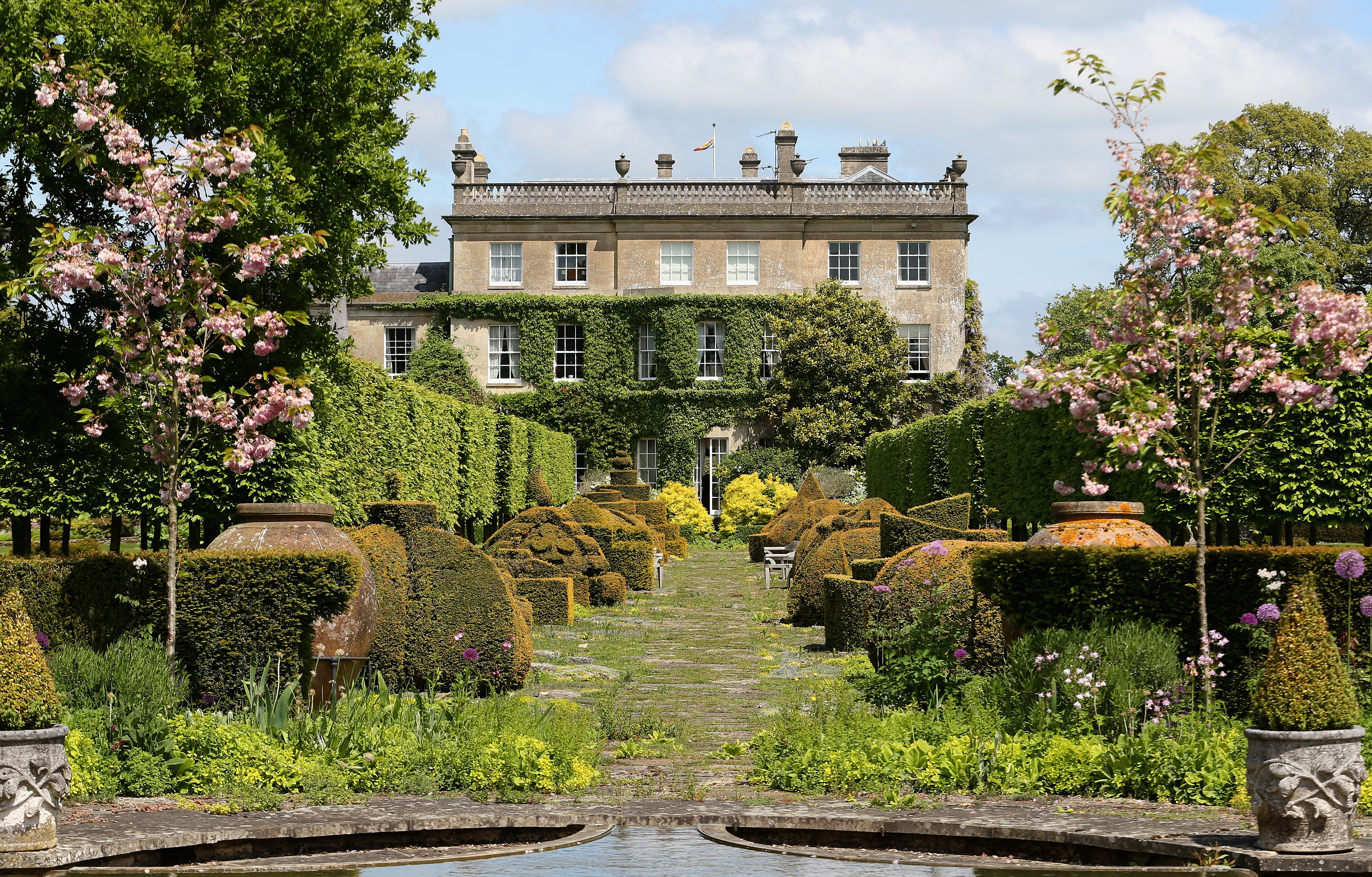 Sanderson's new collection is inspired by The King's pride and joy — his Gloucestershire garden
Sanderson's new collection is inspired by The King's pride and joy — his Gloucestershire gardenDesigners from Sanderson have immersed themselves in The King's garden at Highgrove to create a new collection of fabric and wallpaper which celebrates his long-standing dedication to Nature and biodiversity.
By Arabella Youens Published
